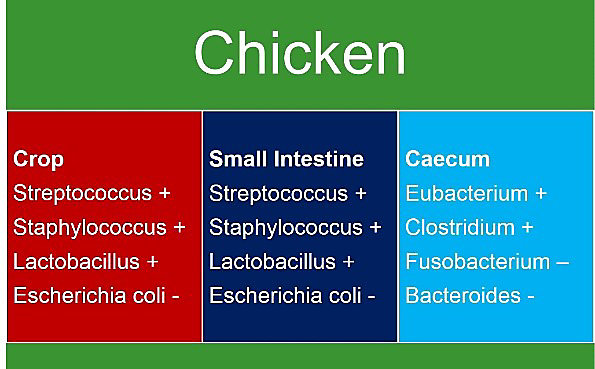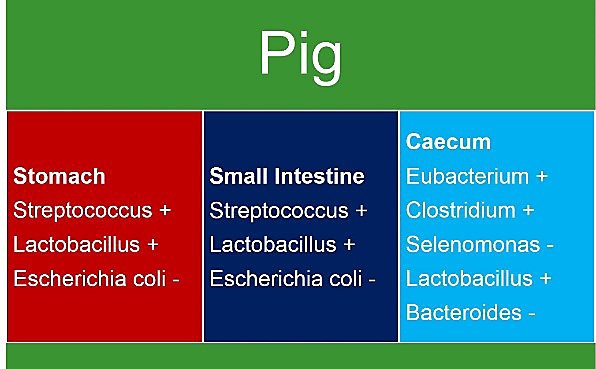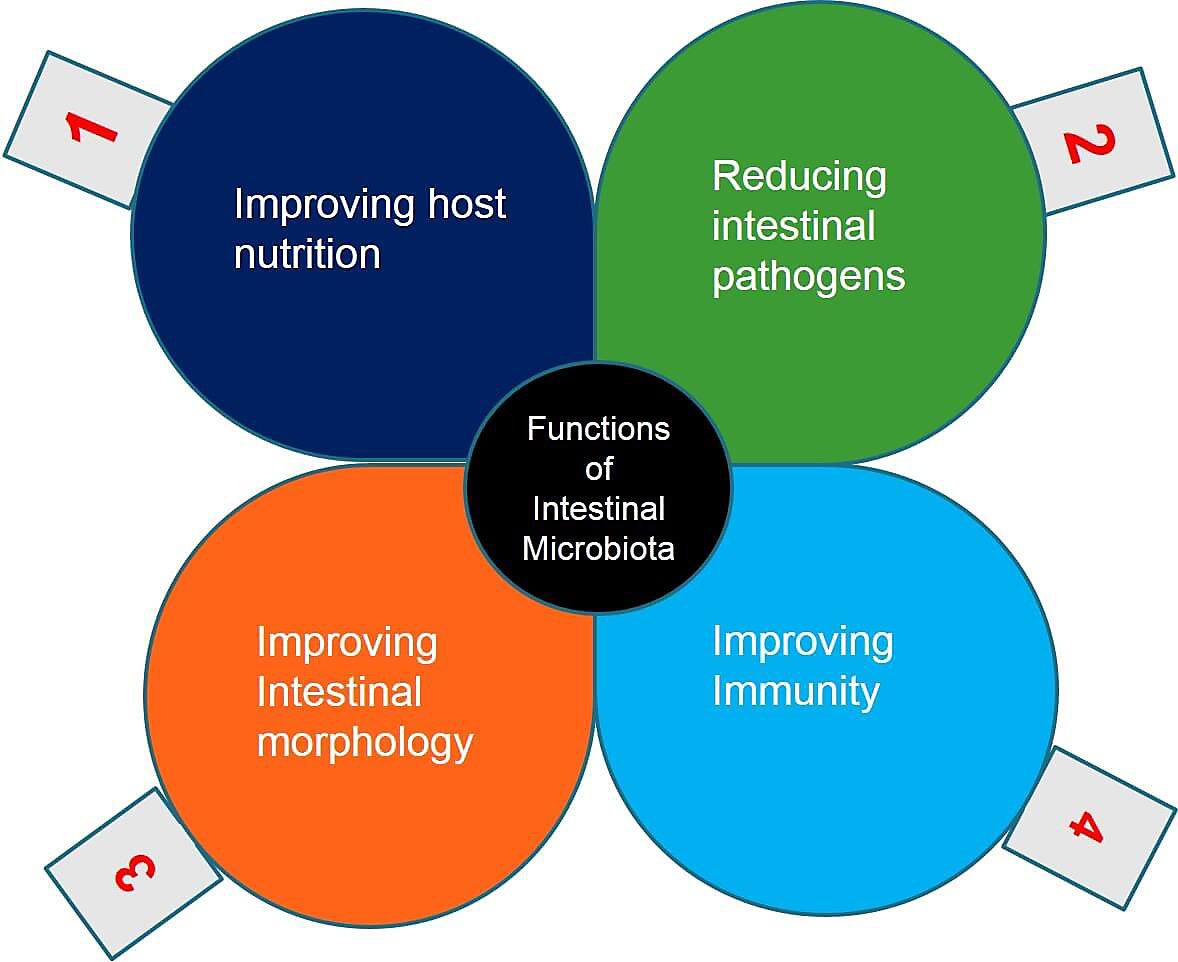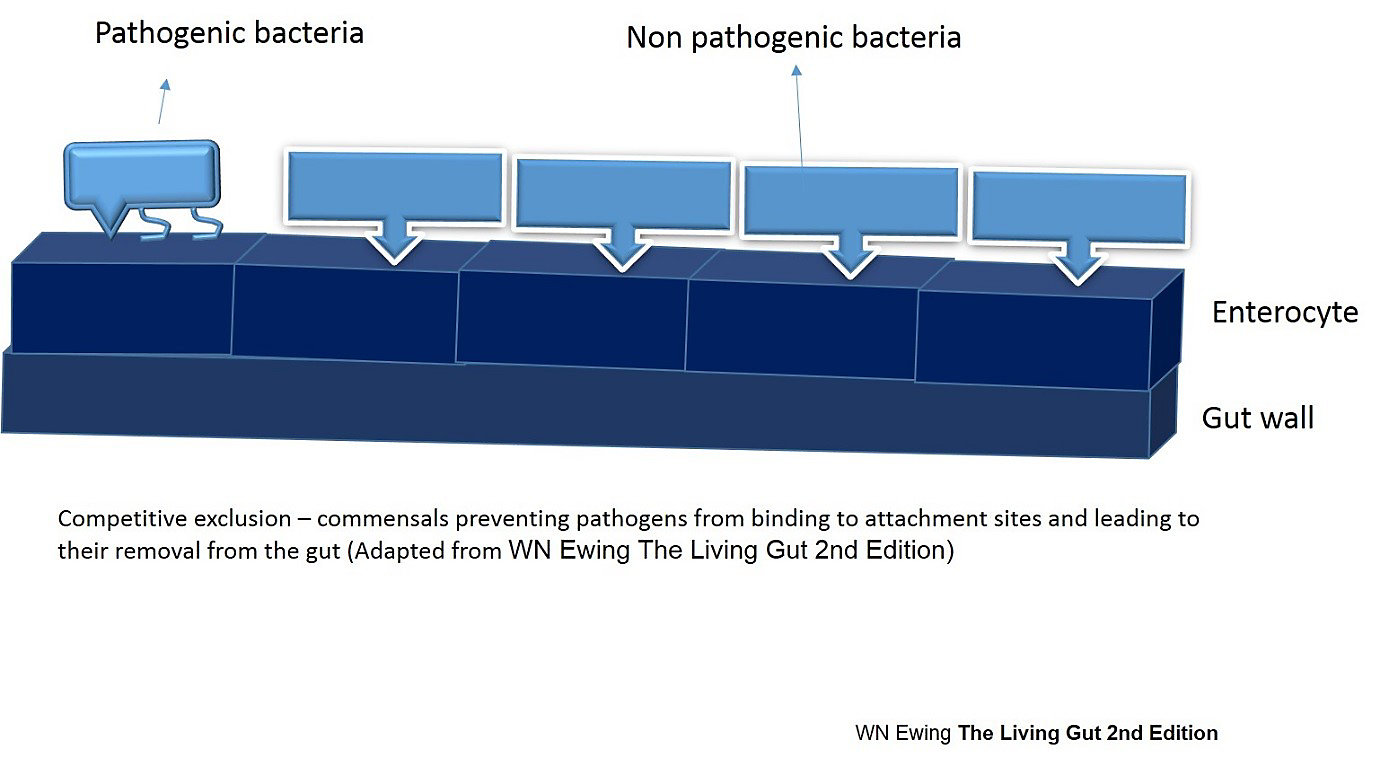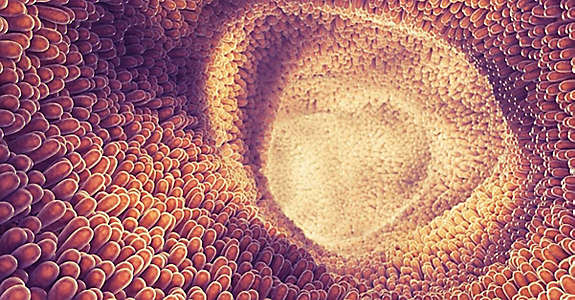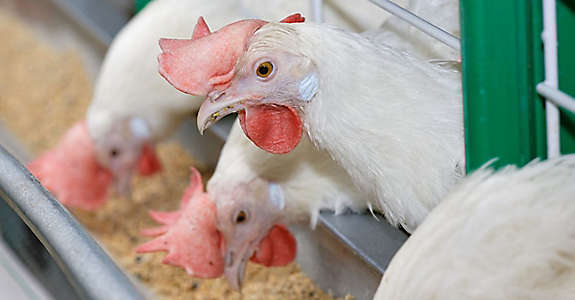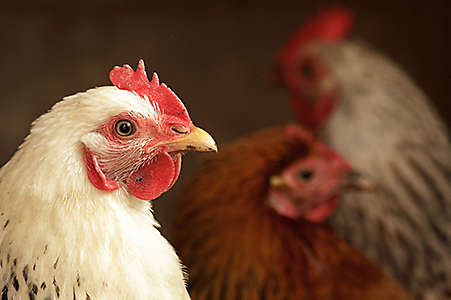3. Improving intestinal morphology
Gut microbiota plays an important role in intestinal development. Studies in gnotobiotic chickens indicated that, compared with conventional birds, the small intestine and cecum of GF birds had a reduced weight and a thinner wall. It has been suggested that SCFAs produced by intestinal microbiota increased enterocyte growth and proliferation. Gut microbiota also affects intestinal morphology of poultry. Intestinal villi are shorter and the crypts are shallower in gnotobiotic birds or birds colonized with a low load of bacteria than in conventionally-raised birds.
Probiotic species (Lactobacillus acidophilus, Bacillus subtilis, and Saccharomyces cerevisiae) and prebiotics (e.g., fructo-oligosaccharide and mannan-oligosaccharide) increased villus height in duodenum and villus height-to-crypt depth ratio in intestine of chicken.6 Pathogens can also change intestinal morphology. For instance, chickens with Eimeria spp/C. perfringens -induced necrotic enteritis had significantly reduced villus heights and villus height-to-crypt depth ratio.
4. Improving immunity
Immune function in the gut is important as it has the largest surface area in the body and is continually exposed to pathogenic organisms and harmful substances. The gut has evolved to carry out two apparently confounding tasks: nutrient absorption and pathogen defense. The intestinal immune system consists of robust mucosal layer, tightly interconnected intestinal epithelial cells, secreted soluble immunoglobulin A, and antimicrobial peptides. The mucosal layer consists of an outer loose layer in which microorganisms can colonize and an inner compact layer which repels most bacteria. As a component of the intestinal mucosal innate immune system, the mucus layer prevents gut microorganisms from penetrating into the intestinal epithelium and serves as the first line of defense against infection. A beneficial microbial community plays a key role in maintaining normal physiological homeostasis, modulating host immune system, and influencing organ development and host metabolism.3
Management of Intestinal Health
Intestinal health is important for maximizing the health, welfare, and performance of poultry and swine. Manipulation of the intestinal microbiota is a strategy for the prevention of intestinal infection and promotion of host health and performance in chicken production. Dietary intervention helps to modulate this intestinal microbiome to enhance feed conversion and gut health.
The addition of probiotics (CLOSTAT™), prebiotics, short chain fatty ccids especially butyric acid (ButiPEARL™), organic acids (ACID LAC™, KemGEST™) and essential oils (Orsential™) will help in modulating intestinal microbiota in favour of better intestinal health and improved animal performance. These products are helpful alternatives to antibiotic growth promoters (AGPs) either alone or in combination in broilers and swine.
References
© Kemin Industries, Inc. and its group of companies 2016 All rights reserved.
® ™ Trademarks of Kemin Industries, Inc., U.S.A.
Certain statements may not be applicable in all geographic regions. Product labelling and associated claims may differ based upon regulatory requirements.
- A.A. Cisek. Chicken intestinal microbiota function with a special emphasis on the role of probiotic bacteriaPolish Journal of Veterinary Sciences Vol. 17, No. 2 (2014), 385–394
- Apajalahti, J., Vienola, K., Interaction between chicken intestinal microbiota and protein digestion. Anim. Feed Sci. Tech. (2016), http://www.sciencedirect.com/science/journal/03778401?sdc=1
- Brian B. Oakley. The chicken gastrointestinal microbiome. FEMS Microbiol Letters (2014) 1–13
- Carl J. Yeoman. The microbiome of the chicken gastrointestinal tract Animal Health Research Reviews 13(1); 89–99
- Deng Pan and Zhongtang Yu. Intestinal microbiome of poultry and its interaction with host and diet. Gut Microbes 5:1, 1–12; January/February 2014
- Dragana Stanley et al., Microbiota of the chicken gastrointestinal tract: influence on health, productivity and disease Appl Microbiol Biotechnol (2014) 98:4301–4310
- Freter R. Factors affecting the microecology of the gut. 1992: 111–44
- James R. Chambers. The intestinal microbiota and its modulation for Salmonella control in chickens. Food Research International 44 (2011) 3149–3159
- Panda et al. (2009) Effect of butyric acid on performance, gastrointestinal tract health and carcass characteristics in broiler chickens. Asian Aust J Anim Sci 22, 1026–1031
- T. ROBERTS. New issues and science in broiler chicken intestinal health: intestinal microbial composition, shifts, and impacts World's Poultry Science Journal, Vol. 71, June 2015
- S. Wei, Bacterial census of poultry intestinal microbiome. 2013 Poultry Science 92 :671–683
- Sekirov I, Russell SL, Antunes LC, Finlay BB (2010) Gut microbiota in health and disease. Physiol Rev 90: 859-904
- WN Ewing. The Living Gut 2nd Edition

